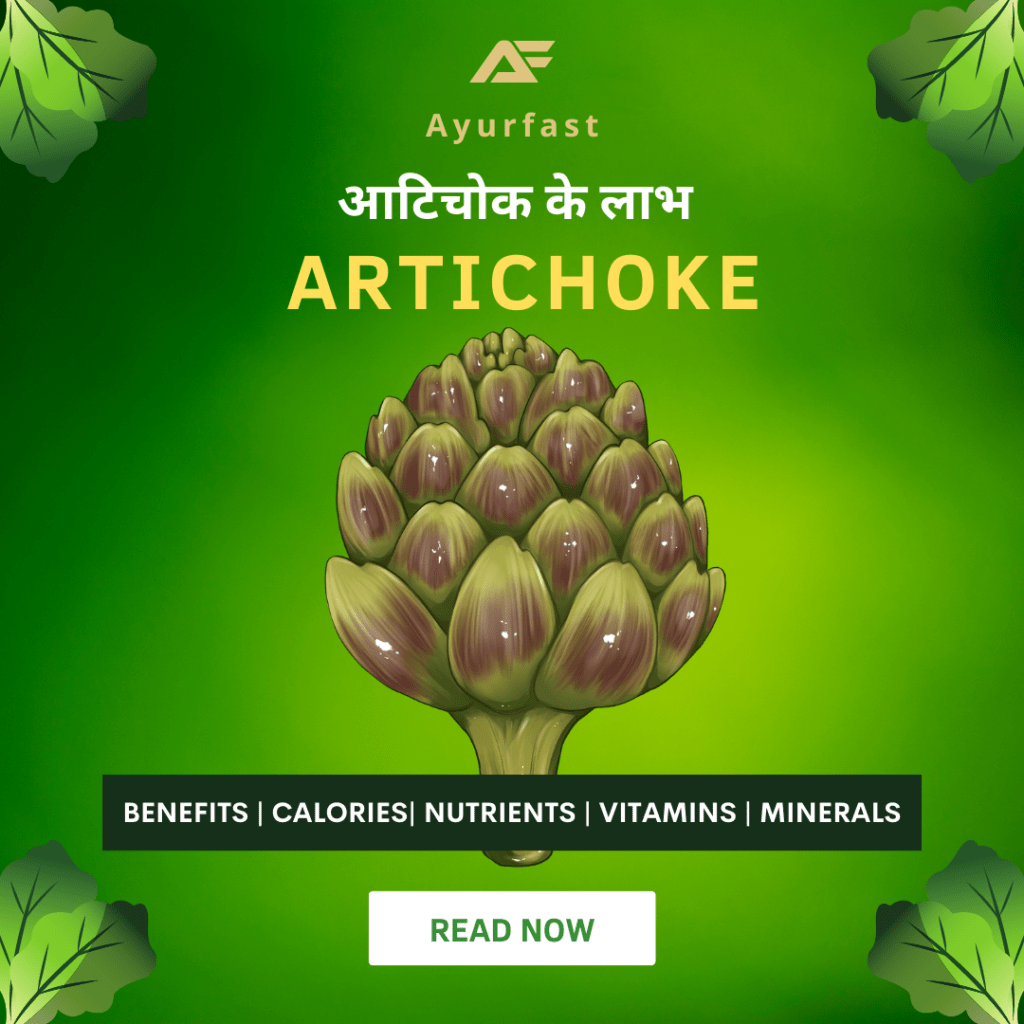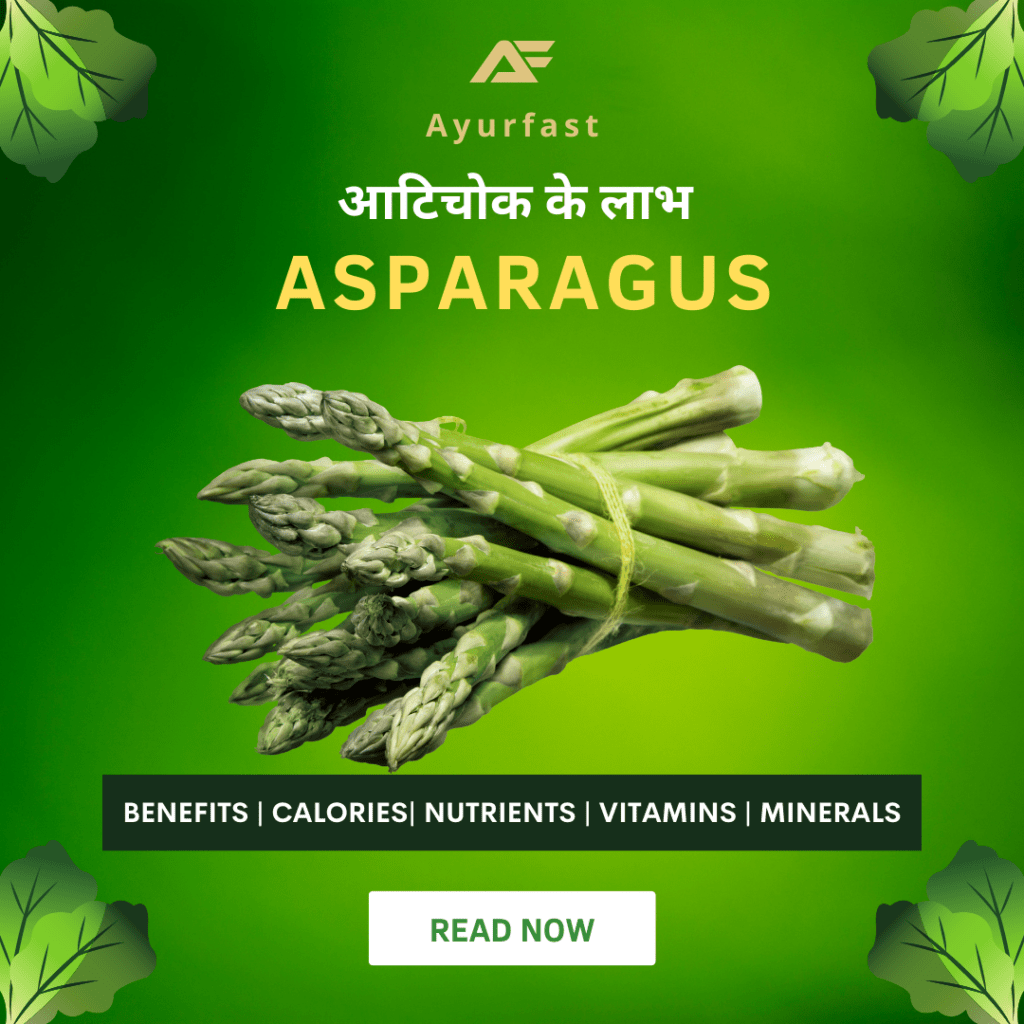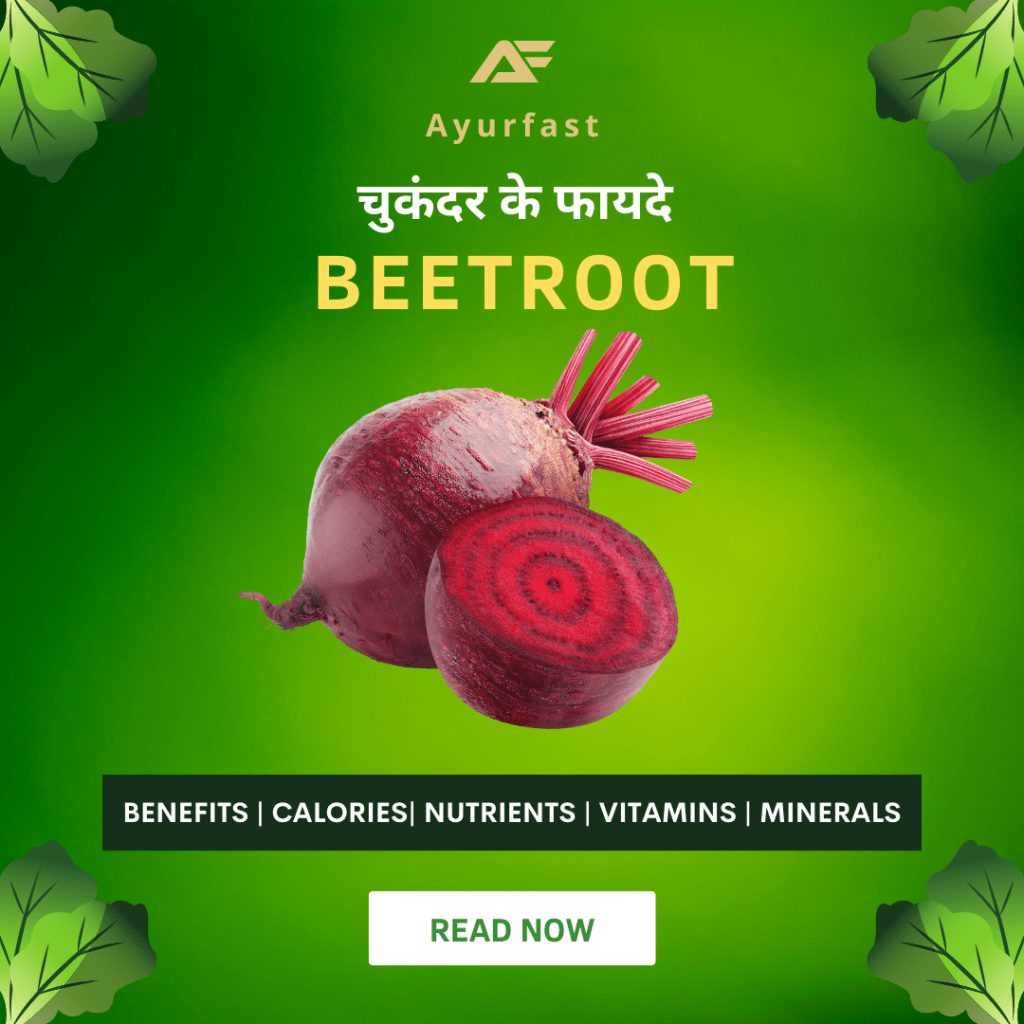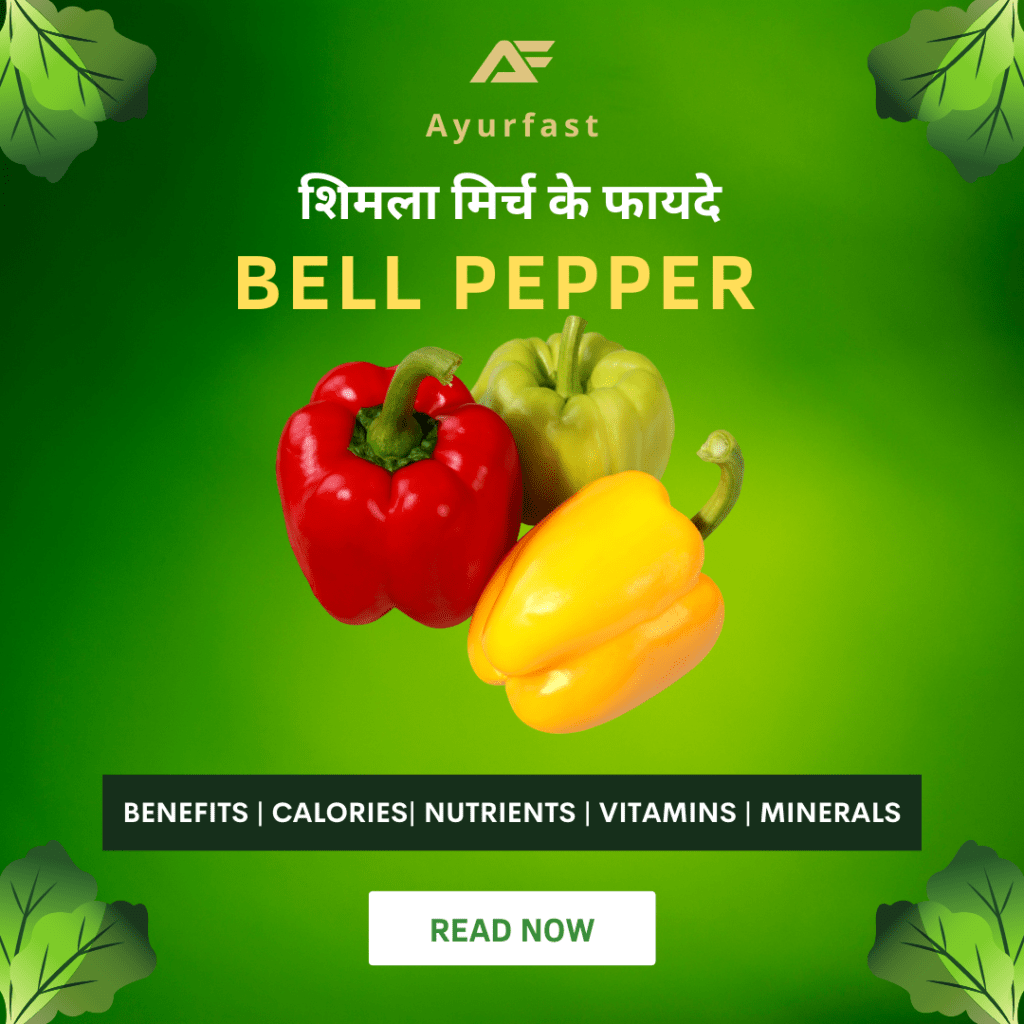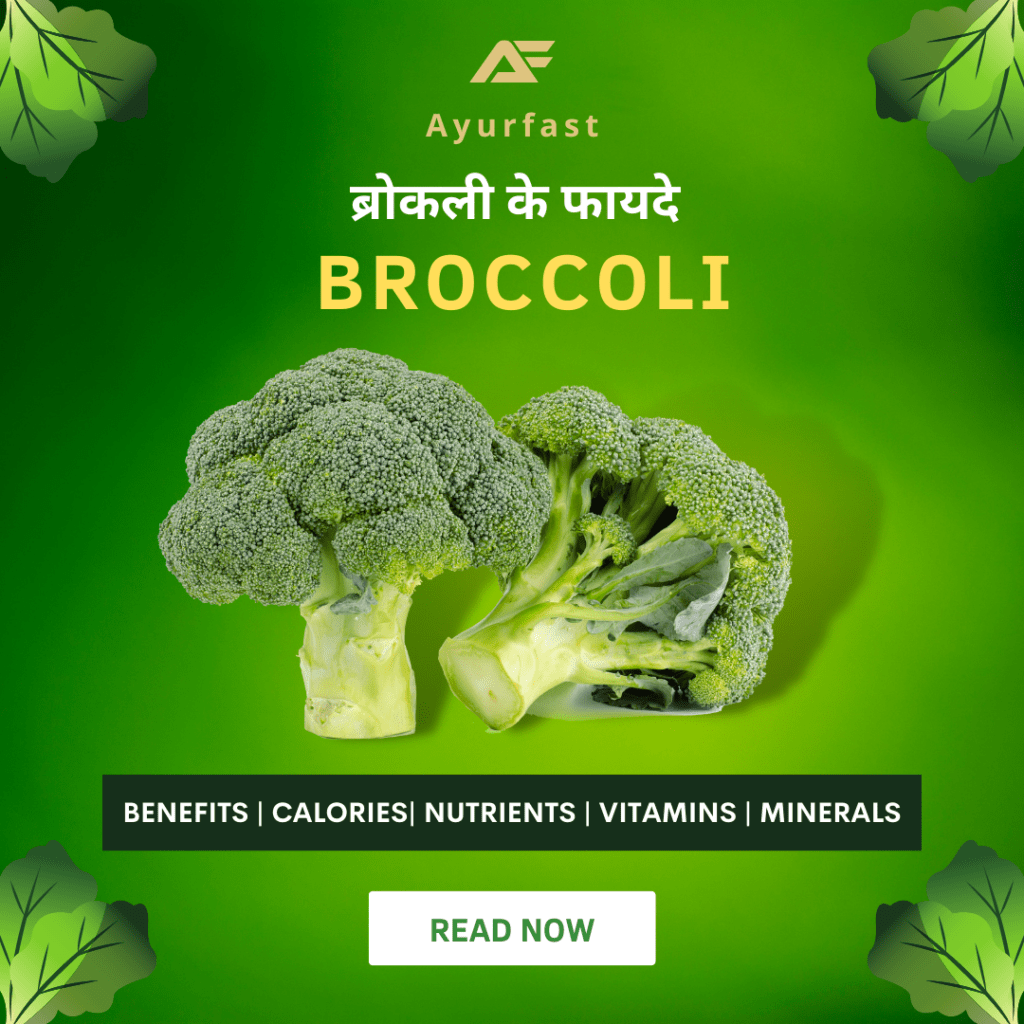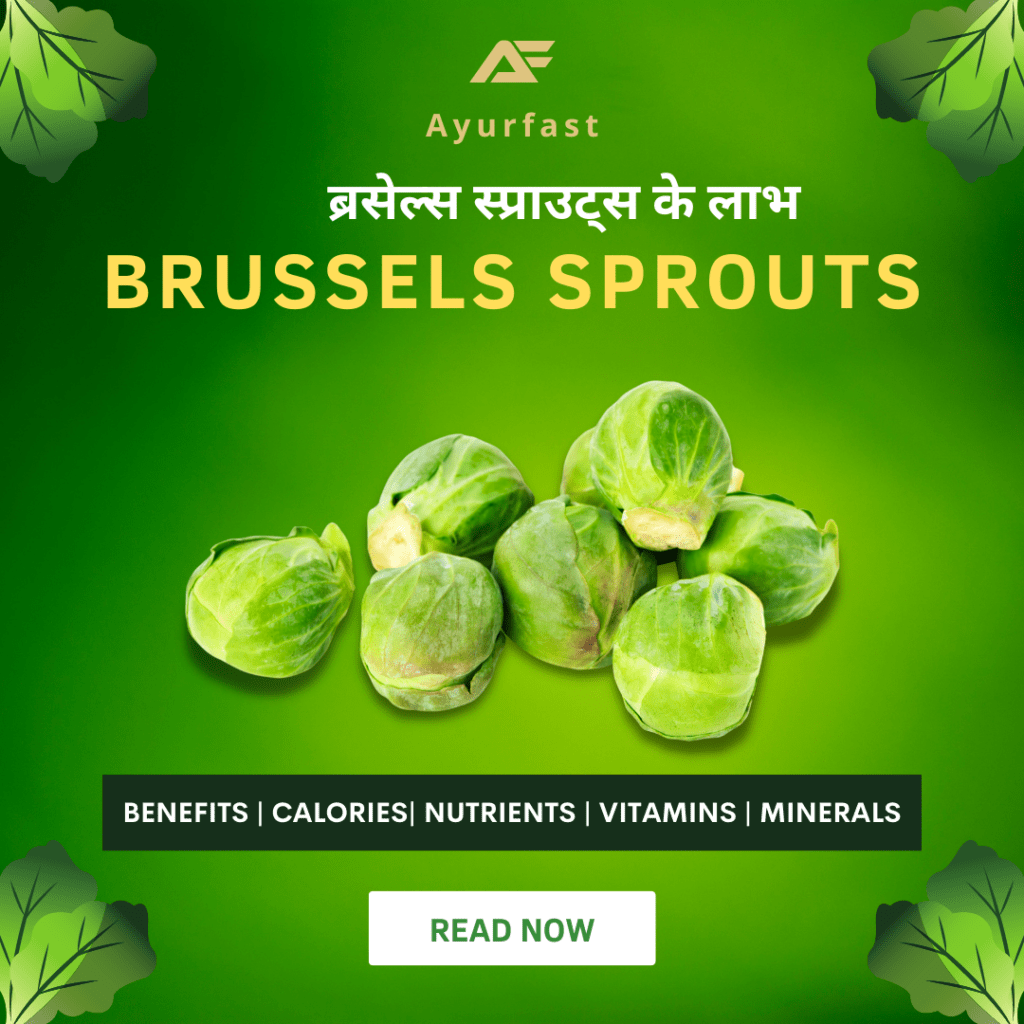About
Water chestnut, also known as Singhara in Hindi, is an aquatic vegetable that grows in marshes, ponds, and lakes. It has a brown, paper-thin skin with crisp white flesh and a slightly sweet taste. Water chestnuts are commonly used in Asian cuisine and are often used in stir-fries, salads, and soups.
Health Benefits:
- Rich in nutrients: Water chestnuts are low in calories and rich in nutrients like potassium, fiber, and vitamin B6.
- Promotes digestion: The fiber content in water chestnuts aids in digestion and prevents constipation.
- Improves heart health: Water chestnuts contain antioxidants and compounds that can reduce the risk of heart disease.
- Boosts immune system: The high levels of vitamin C and antioxidants in water chestnuts help to boost the immune system.
- Supports blood sugar control: Water chestnuts have a low glycemic index and may help to regulate blood sugar levels.
Diseases that can be cured:
While water chestnuts can provide various health benefits, it is important to note that they cannot cure diseases. However, consuming water chestnuts as part of a healthy diet may help to reduce the risk of certain diseases, such as:
- Heart disease
- Diabetes
- Obesity
- High blood pressure
Nutrient Content:
Energy and Macronutrient Content per 50g Serving
| Nutrient | Amount |
|---|---|
| Calories | 30 |
| Carbohydrates | 7 g |
| Protein | 0.6 g |
| Fat | 0.1 g |
| Fiber | 1.6 g |
| Water | 41 g |
Vitamin Content per 50g Serving
| Vitamin | Amount |
|---|---|
| Vitamin A | 0 mcg |
| Vitamin B1 (Thiamin) | 0.03 mg |
| Vitamin B2 (Riboflavin) | 0.02 mg |
| Vitamin B3 (Niacin) | 0.2 mg |
| Vitamin B6 | 0.08 mg |
| Vitamin B12 | 0 mcg |
| Vitamin C | 4 mg |
| Vitamin D | 0 mcg |
| Vitamin E | 0.1 mg |
| Vitamin K | 0.2 mcg |
| Folate | 3 mcg |
| Biotin | 0 mcg |
Mineral Content per 50g Serving
| Mineral | Amount |
|---|---|
| Calcium | 6 mg |
| Iron | 0.3 mg |
| Iodine | 0 mcg |
| Zinc | 0.2 mg |
| Magnesium | 10 mg |
| Phosphorus | 22 mg |
| Potassium | 124 mg |
| Sodium | 1 mg |
| Chloride | 8 mg |
| Copper | 0.04 mg |
| Chromium | 0 mcg |
| Fluoride | 0 mcg |
| Molybdenum | 0 mcg |
| Manganese | 0.2 mg |
| Selenium | 0 mcg |
What are the health benefits of water chestnut?
Water chestnuts offer numerous health benefits such as being low in calories, high in fiber, and rich in vitamins and minerals. They also promote digestive health and provide antioxidants.
Can water chestnuts be used in salads?
Yes, water chestnuts can be a delightful addition to salads, adding a crunchy texture and unique flavor to your dish.
Are water chestnuts gluten-free?
Yes, water chestnuts are naturally gluten-free, making them a suitable choice for individuals with gluten intolerance or celiac disease.
How to prepare stir-fry with water chestnuts?
To prepare a stir-fry with water chestnuts, simply slice them and stir-fry them along with your choice of vegetables, protein, and seasonings for a delicious and nutritious meal.
Where can I buy fresh water chestnuts?
Fresh water chestnuts can usually be found in Asian grocery stores, farmers' markets, or specialty food stores. They are also available online for convenient purchase.
Are water chestnuts commonly used in Chinese cuisine?
Yes, water chestnuts are a popular ingredient in Chinese cuisine and are often used in stir-fries, soups, and various other dishes.
How do water chestnuts contribute to a balanced diet?
Water chestnuts are low in fat, cholesterol-free, and packed with nutrients, making them a healthy addition to a balanced diet. They provide dietary fiber, vitamins, and minerals.
Are water chestnuts easy to cook with?
Yes, water chestnuts are relatively easy to cook with. They can be sliced, diced, or used whole, and they cook quickly, retaining their crunchiness.
Can water chestnuts be consumed raw?
While water chestnuts can be consumed raw, they are more commonly cooked to enhance their texture and flavor.
How to store water chestnuts for maximum freshness?
Water chestnuts should be stored in a cool and dry place, away from direct sunlight. They can also be kept in the refrigerator to extend their shelf life.
Are water chestnuts suitable for vegan diets?
Yes, water chestnuts are suitable for vegan diets as they are plant-based and do not contain any animal-derived ingredients.
What is the best way to peel water chestnuts?
To peel water chestnuts, first, cut off the top and bottom. Then use a paring knife to remove the brown skin, revealing the white flesh beneath.
Are water chestnuts rich in antioxidants?
Yes, water chestnuts contain antioxidants that help protect the body against oxidative stress and may have various health benefits.
How do water chestnuts enhance the flavor of dishes?
Water chestnuts have a mild, slightly sweet flavor that adds a pleasant taste and a satisfying crunch to dishes.
What are the culinary uses of water chestnuts?
Water chestnuts can be used in stir-fries, soups, salads, casseroles, and even desserts. They are versatile and can add a unique texture to a wide range of dishes.
How to identify fresh and quality water chestnuts?
Look for water chestnuts that have firm, unblemished skins and feel heavy for their size. Avoid any that appear shriveled or have soft spots.


